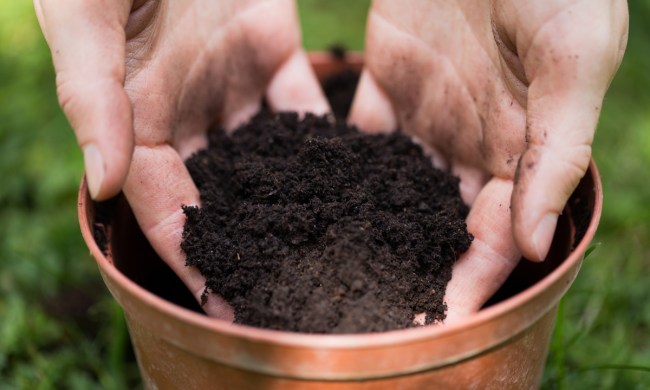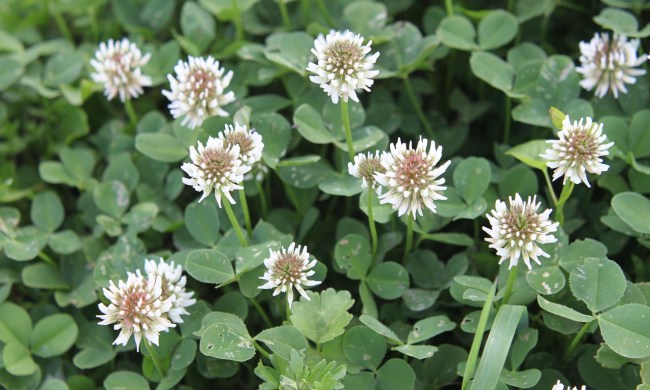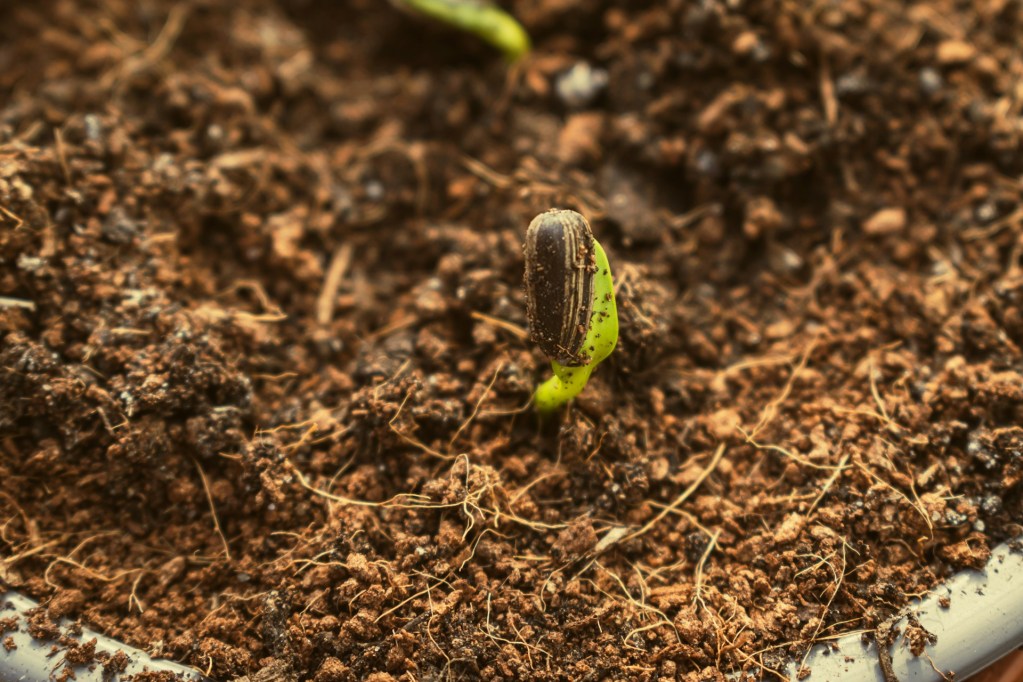
For gardeners, late winter can be an exciting time of year. When the weather gradually warms up, that means that you can finally start your seeds indoors. Even if the temperatures aren’t quite warm enough outside, you can grow seedlings to transplant into your bountiful garden for spring. But if you’re wondering when to start your seeds indoors, you’re definitely not alone. To give your seedlings the best chances of survival, here’s what you need to know about timing your seed starting.
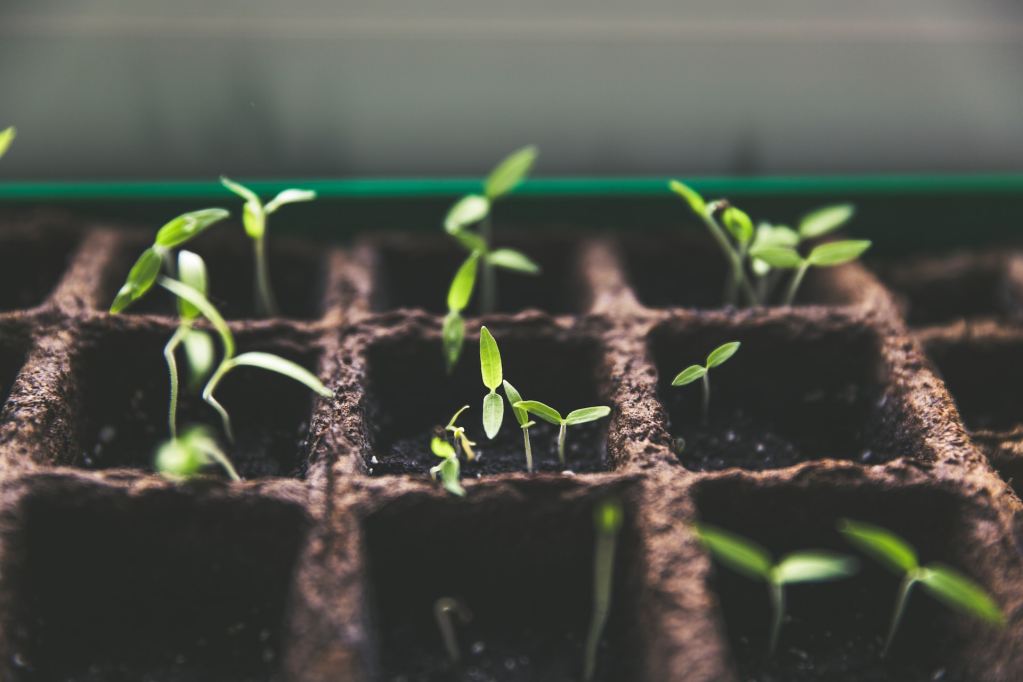
Why you should wait to start your seeds
In the winter, cold soil temperatures make it difficult for plants to get the water and nutrients that they need in order to grow healthy and strong. Even if your plants do grow, they can be prone to disease and cold damage. Unless you’re using a greenhouse or live in a warm climate, it’s probably best to delay growing anything outside until after the last frost. You especially want to delay growing your annuals too early, as they’re not suited to grow out in your climate zone all times of year.
Starting your seeds indoors gives you a bit of time to get them ready before the last frost. This approach allows you to control germination aspects such as light and temperature. You can take advantage of your warm indoor conditions and transplant your seedlings outside when outdoor temperatures are suitable for planting. Just keep in mind that not all seeds can be started indoors.
Some plants, such as carrots, do not handle transplant shock well, so you need to start them outside. The timing for when you should do so varies from plant to plant, but seeds for cold-season veggies, like carrots, should be sowed a few weeks before the last frost. When in doubt, look up your plant’s seed-starting requirements to ensure healthy plant growth.
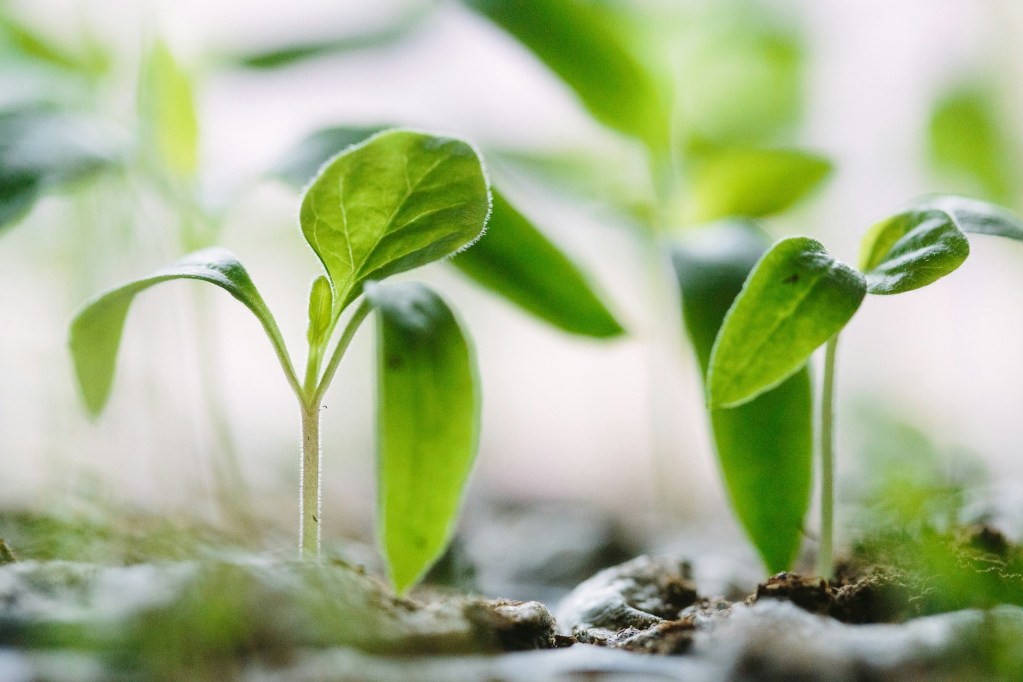
The best time to start seeds indoors
Read your seed packet carefully to figure out the best approach for growing your plant. Typically, seed packets will suggest starting your plant indoors four to six weeks before the last frost. There are plenty of websites online that allow you to look up your last frost date, including Old Farmer’s Almanac. You simply input your zip code to figure out your prospective last frost date.
After starting your seeds indoors, be sure to give your growing seedlings plenty of warmth and bright indirect sunlight. Keep your seed-starting mix moist but never soggy. In some cases, it may be helpful to create a humidity dome around your seed starter tray. Some plants, such as tomatoes and peppers, also appreciate a warm heat mat.
Remember that it’s a safer rule of thumb to start your plants a little late in warm temperatures than too early in frost-impacted soil. Sowing your seeds for spring can be exciting, but you want to get your timing just right. Starting them indoors can help you control a wide range of factors, namely light and temperature, so that you can enjoy a lush harvest with as few bumps in the road as possible.


